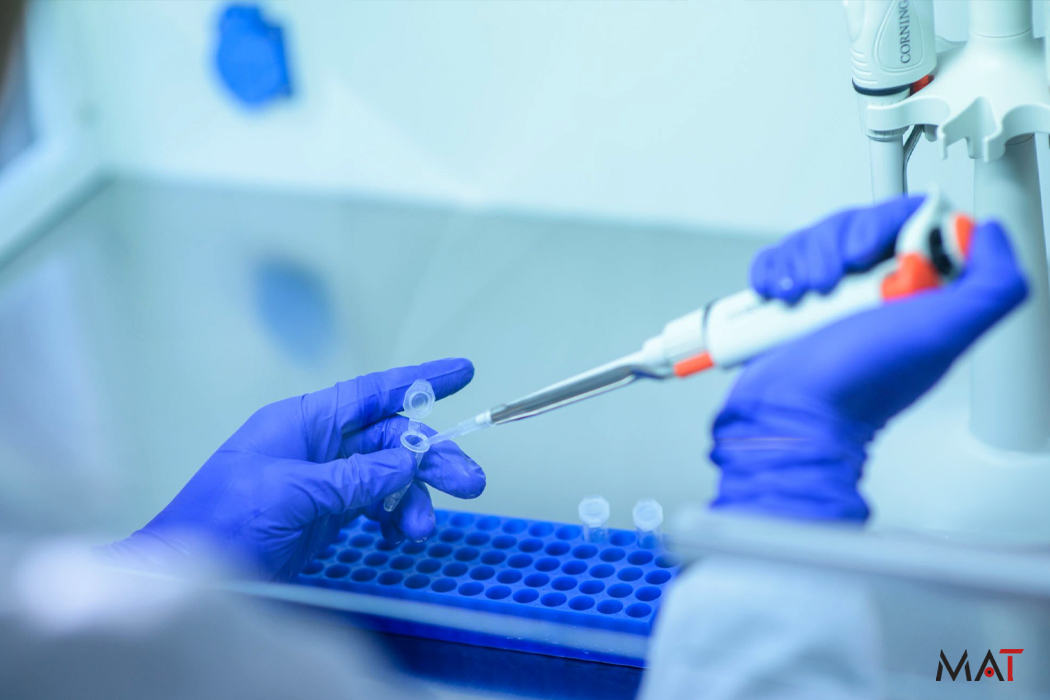Advancements in diagnostic techniques for mediastinal lesions have gained significant attention, especially concerning their efficiency and efficacy. A recent study conducted over eleven months at a single center has shed light on the comparative diagnostic yields of Endobronchial Ultrasound-Guided Transbronchial Needle Aspiration (EBUS-TBNA) and Transbronchial Mediastinal Cryobiopsy (TMC).
Enhanced Diagnostic Performance
The research involved 41 patients undergoing evaluation for mediastinal conditions. Findings revealed a substantial increase in diagnostic yield when utilizing TMC, achieving a 95.1% success rate compared to EBUS-TBNA’s 41.5%. This significant improvement highlights TMC’s potential as a more reliable diagnostic tool, especially in complex cases.
Specific Advantages in Diverse Conditions
Particularly noteworthy was TMC’s exceptional performance in diagnosing hematologic disorders, benign diseases, and uncommon tumors, where it achieved a 100% diagnostic yield against EBUS-TBNA’s 31%. For primary lung cancer, both techniques showed comparable effectiveness, indicating TMC’s versatile applicability across various mediastinal conditions.
Inferences from the study include:
- TMC’s higher diagnostic yield could lead to quicker and more accurate diagnoses, reducing patient anxiety and time to treatment.
- The superior performance in benign and uncommon cases suggests TMC may become the preferred method in complex diagnostic scenarios.
- Comparable results in primary lung cancer indicate that while TMC excels in certain areas, EBUS-TBNA remains a viable option for specific diagnostic needs.
The study also addressed perioperative management, noting that antithrombotic therapy handling remained consistent with EBUS-TBNA protocols. Patients tolerated TMC well, with deep sedation administered effectively and no increase in post-procedure care requirements, even among those with significant comorbidities.
TMC’s optimal tolerability profile, combined with its enhanced diagnostic capabilities, positions it as a valuable tool in the arsenal against mediastinal lesions. Its ability to provide comprehensive histological samples offers a clear advantage in cases where traditional methods fall short.
Adopting TMC in clinical practice could streamline the diagnostic process, particularly for challenging cases that require detailed tissue analysis. Medical professionals might consider integrating TMC more widely to improve diagnostic accuracy and patient outcomes.
The transition to TMC may also necessitate updated training protocols and equipment investments, but the long-term benefits in diagnostic precision and patient care could outweigh these initial costs. As healthcare continues to evolve, embracing advanced techniques like TMC will be crucial in enhancing the effectiveness of diagnostic procedures.
This article has been prepared with the assistance of AI and reviewed by an editor. For more details, please refer to our Terms and Conditions. We do not accept any responsibility or liability for the accuracy, content, images, videos, licenses, completeness, legality, or reliability of the information contained in this article. If you have any complaints or copyright issues related to this article, kindly contact the author.





